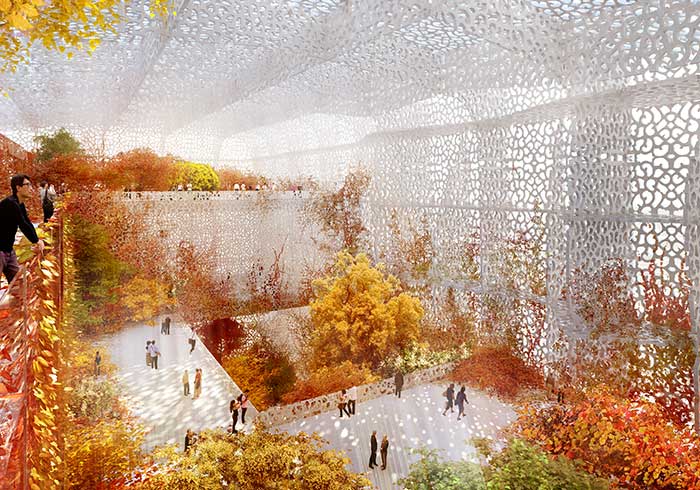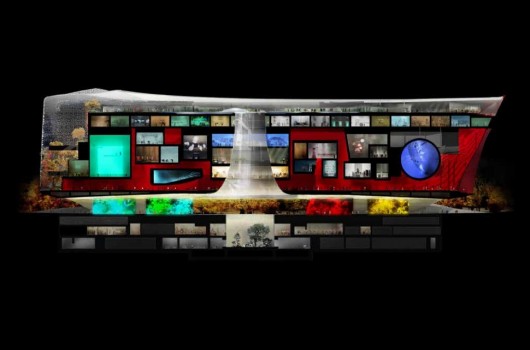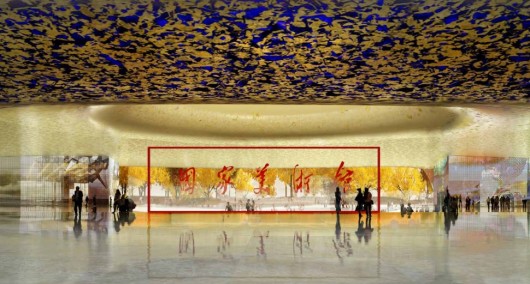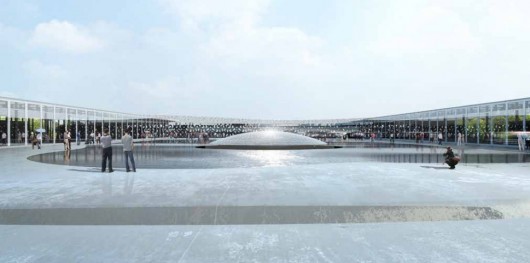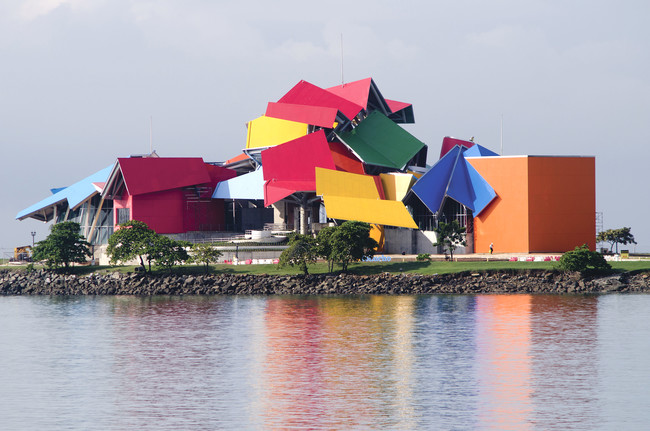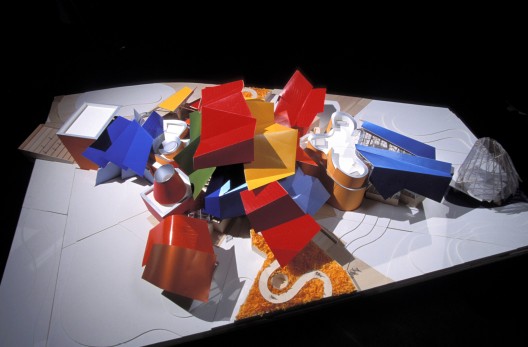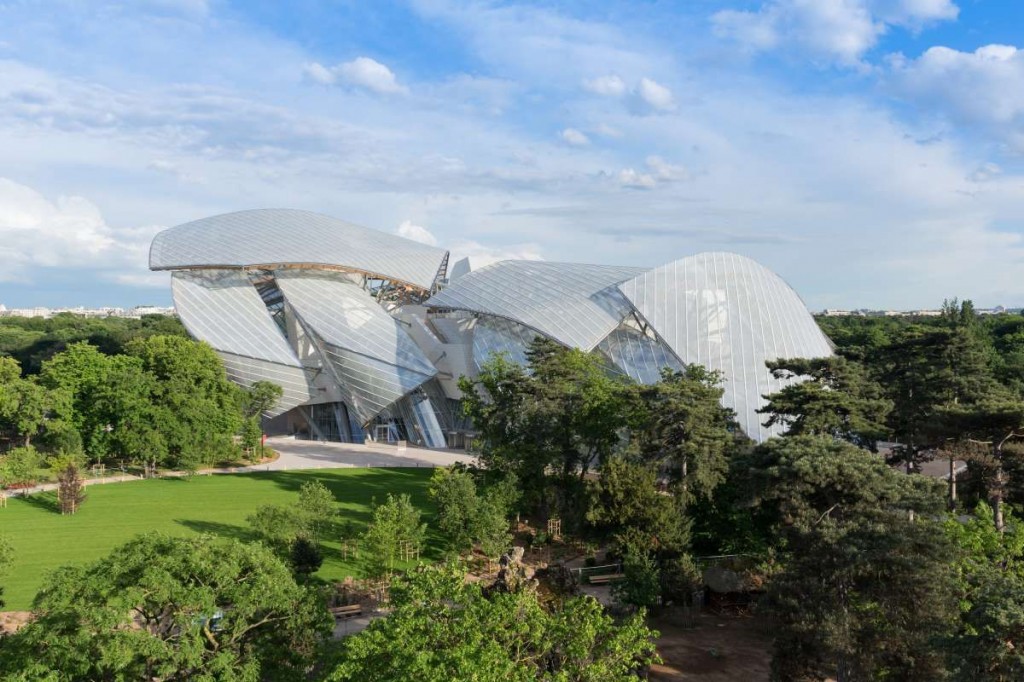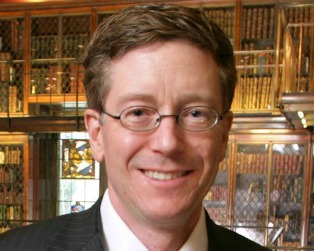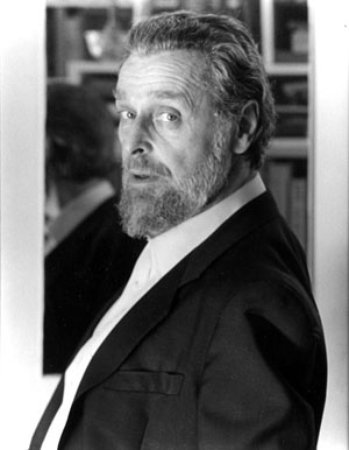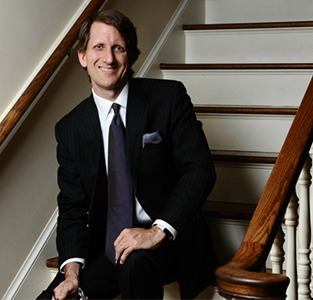 I’ve never met Cameron Kitchin, who began his job as director of the Cincinnati Art Museum today. He is making an interesting start: today, in the museum’s Great Hall, he met the public from 4 to 6 p.m., over light appetizers and a cash bar. Presumably, he walked the museum and met staff earlier in the day. Those are the right gestures to make.
I’ve never met Cameron Kitchin, who began his job as director of the Cincinnati Art Museum today. He is making an interesting start: today, in the museum’s Great Hall, he met the public from 4 to 6 p.m., over light appetizers and a cash bar. Presumably, he walked the museum and met staff earlier in the day. Those are the right gestures to make.
Kitchin, you’ll recall, isn’t a first-time director (He came from the director’s post at the Memphis Brooks Museum of Art, and has other interesting experience, which you can read about here), and it shows. His meet-and-greet, inside and outside the museum, is especially important because the Cincinnati museum was roiled by its last director.
There’s another reason I am hopeful about him, and it came in a piece by him that the Cincinnati Enquirer published on Sunday. The headline was not particularly promising: New director sees you at museum’s center. But it was not quite on target, thankfully–he said the beneficiary of museum activities was you, the public, and that’s different. Here is more (boldface mine) from his article:
Among the traditional fundamental responsibilities of an art museum, collecting and preserving the community’s cultural heritage is most certainly at the forefront; the 60,000 objects in CAM’s collection make it one of our nation’s most important museum collections. This work will continue with vigor and energy. As we look forward, the work of the art museum has grown in exciting ways, always mindful of our practice, scholarship and purpose. We now have the opportunity and call to integrate more deeply the strength of our collection, exhibitions, staff and the sublime power of great art with the city’s advancement and well-being.
Art first, in other words. And he sees the purpose of the museum as bringing people and art together, which is in fact in the mission statement (or used to be, I think–I can’t find it on the website), and that’s fine. He didn’t say bringing people to the museum, or making the museum serve the community, or any of those other popular mantras. Those goals are fine, but they be predicated on art at the center of initiatives, as the driver of attendance, education, conservation, etc.
So I’m hopeful about Cincinnati. No more, I hope, shows about things like wedding dresses. Or at least a preponderance of more serious, more art-centered scholarly exhibits.
Photo Credit: Courtesy of the Cincinnati Art Museum

